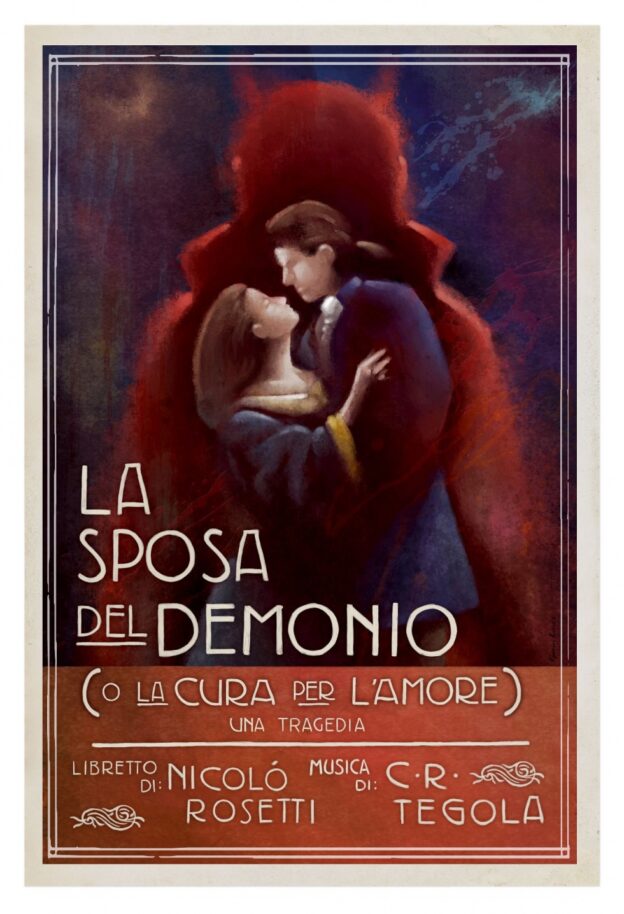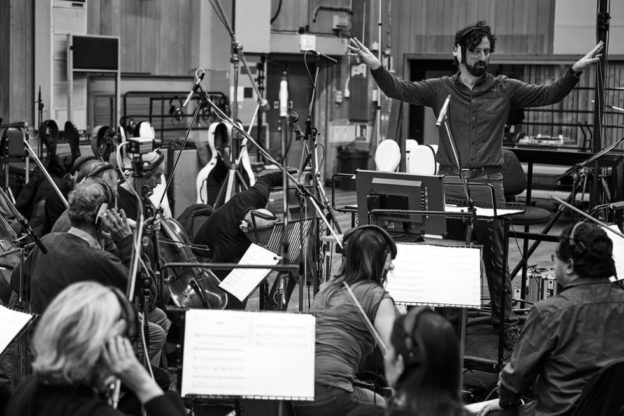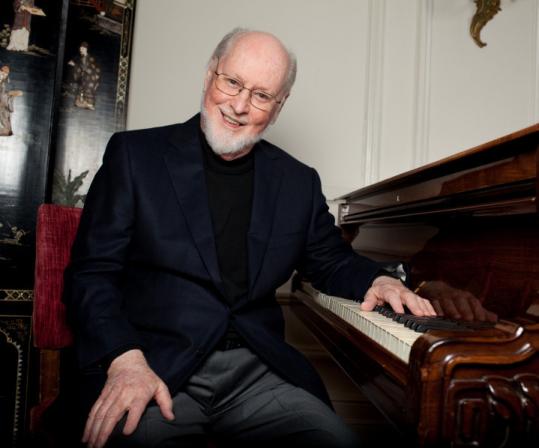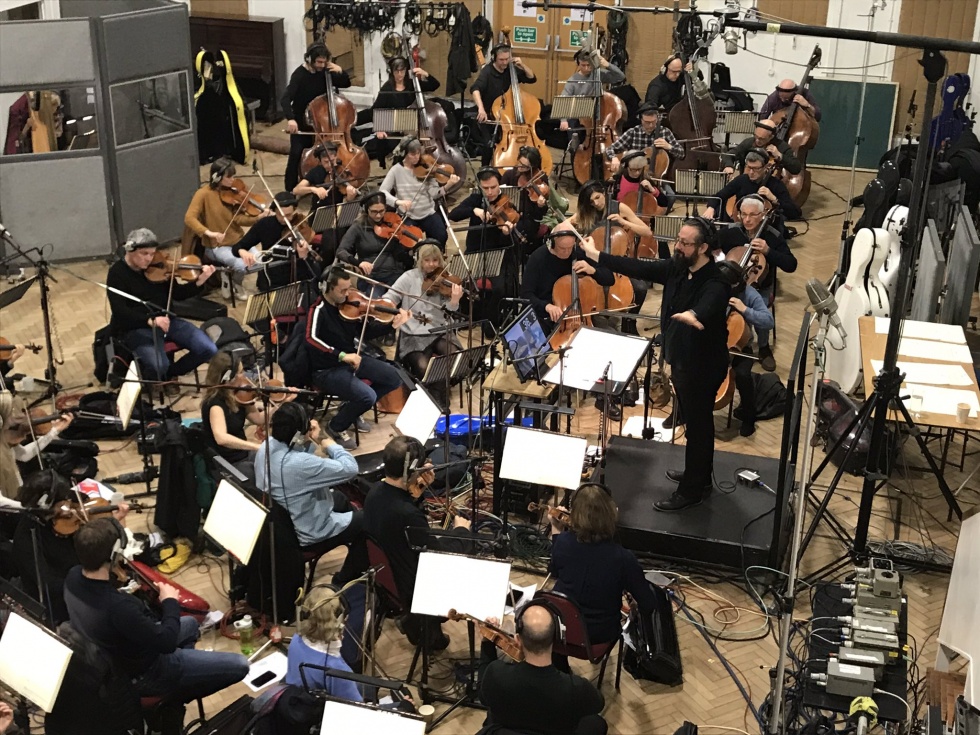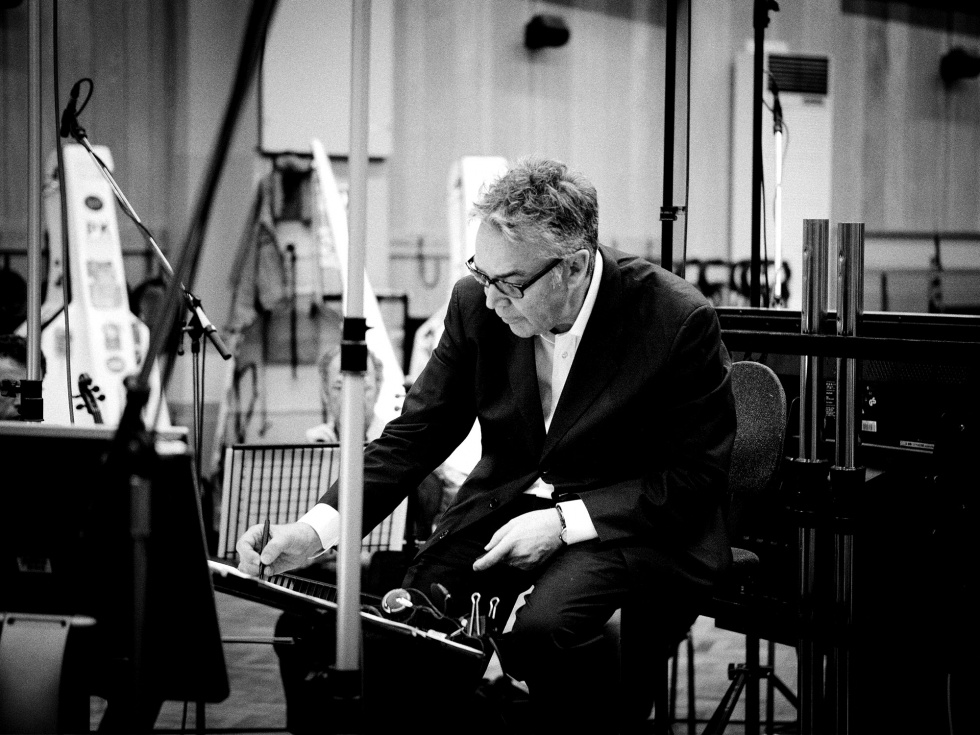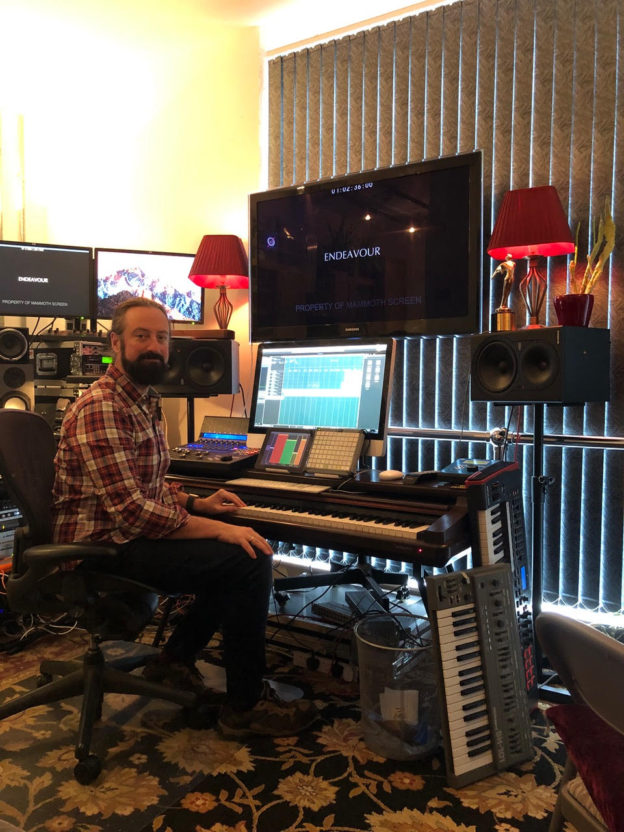Interview copyright © Damian Michael Barcroft 2021

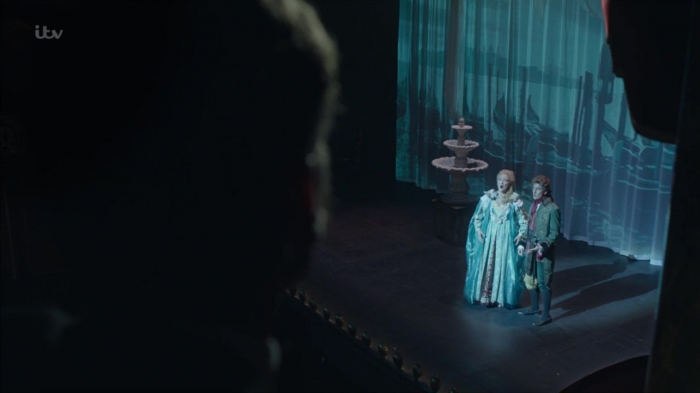
DAMIAN: Russ thinks it was either a sunny Saturday or Sunday morning in late July that he began writing his original libretto for what was then ‘The Devil’s Bride or A Cure for Love’. When did you first hear about his plans to create these opera pieces for Endeavour?
MATTHEW: I think possibly when Russ and I had one of our periodic suppers in London. At the time, I didn’t grasp the gravity of what Russ was suggesting. We mused about the idea of giving away the entire plot of the series within the opera’s libretto in old Italian. I didn’t realise then how big a task that was.
DAMIAN: So was this before or after he had actually written the scripts for series seven?
MATTHEW: No, the opera came out during that process. I remember trying not to put too much pressure on Russ’ time as I was fully aware he was under the usual massive amount of pressure delivering revisions on scripts etc.
DAMIAN: I believe you and Russ agreed on the style and period together but what were the deciding factors in ultimately choosing baroque?
MATTHEW: We did. Russ and I spoke of a style akin to Pergolesi’s early operas. When we reviewed his early operas, they seemed to set the staging ideas for those scenes set in Venice incredibly well.
DAMIAN: How, and at what point, did Nicoló Rosetti become involved?
MATTHEW: Nico is a close friend of mine, native Italian, Cambridge Masters and more degrees than you can shake a mortarboard hat at. I asked him whether he’d take on the challenge of translating the text into old Italian, to which he very kindly jumped at the chance. Nico had to do some work with the original text from Russ to set in the context that works with the translation to old Italian, hence why we had to translate it back for me to work. I was working in Venice when I started composing the opera, and Nico came onboard simultaneously. When back in London, we worked together in the process of translation and composition ensuring we were as authentic as possible.
DAMIAN: To what extent did Nicoló’s translation shape the phraseology – weren’t there certain words that didn’t directly translate or wouldn’t have been said during the period? – and did this affect the tempo of your score at all?
MATTHEW: Massively. This was a huge intellectual undertaking, so his knowledge and experience very much led me. Luckily, Nico was also a fan of opera, so he was fully aware of how things should be structured. His input was crucial for making it as authentic as it turned out.

DAMIAN: How much time did you have to compose and record the music for series seven and how much of this was devoted to the opera sequences?
MATTHEW: The opera was composed during the early stages of production as it was required to be shot on set from film 1. We had a few months before the shoots, so whilst it was a huge undertaking, we had the time to do it properly with period instruments and period tuning. What was also incredibly handy for film 3, in which the bulk of the opera is on screen, was being directed by the wonderful Kate Saxon, an experienced stage director in her own right. We were very lucky with that. I remember being in a theatre in Catford / Venice seeing Kate put together our opera, and I got very excited. This is something I’d like to do for real, I thought.

DAMIAN: Were you able to spend much time researching baroque opera and are there any examples that might have inspired a particular texture or flavour to your music?
MATTHEW: I did get enough time to research and across many periods, from Pergolesi to Verdi. It was a great experience to study some incredible and inspiring works.
DAMIAN: From simply listening to your music, I know that you continuously strive to be bolder and more experimental while still remaining true to the Endeavour universe, but I also know from our previous interviews that while you always add something new to every score – I think you use the term score personality – you’re still able to capture exactly what the directors, producers and, of course Russ, want from each film. However, in addition to continuing to write television scores that are indistinguishable from big-budget Hollywood movies – such as the ‘March of the Mummy’ theme from CARTOUCHE (S5:E2) – you’re also able to create music for original songs that sound exactly like pop hits from the era – ‘Make Believe You Love Me’ from CANTICLE (S4:E2) for example – and yet, while I obviously acknowledge and greatly appreciate your achievements as a composer, I can’t help but wonder if the prospect of certain monumental challenges such as composing original music for a baroque opera are just so daunting that even you might occasionally pause for a moment and doubt if you’ll be able to pull it off?
MATTHEW: Oh, heck yes!! This was the closest I’ve been to saying, “nope, can’t be done!” But, sitting back, pen and paper, a few bars come out, then a few more, and finally 500 bars of music sit in front of me, ready to record. Then, we placed it in front of four outstanding singers and a baroque LMO orchestra, and suddenly we had a new opera from the 1720’s!! It’s pretty remarkable. It was a massive team effort, as it always is in the Endeavour family.
DAMIAN: When you were creating the music for Bright’s Public Information Film in PYLON (S6:E1) “If the Pelican can – then so can you…”, I think you did a bit of singing while chatting to Russ, was there any such humming and warbling as you discussed ideas with him for ‘The Cure for Love’?
MATTHEW: Not really. Russ and I have a perfect collaborative relationship. He sends me the material, and I send him back the finished piece, with a review point somewhere in the middle. Of course, I always have to run everything via production, but they are also excellent to just let Russ and I get on with it. It’s a very no-nonsense approach and doesn’t take up much time. I’m forever in his debt for his trust and belief, even if I think slightly misplaced from time to time! I’m always somewhat worried about what will come next series, which is fun too.
DAMIAN: In contrast to your usual practice of standing in front of and conducting the London Metropolitan Orchestra in a recording studio, was there not the added pressure of the opera actually being filmed and in front of all the extras, the stunning sets and beautiful costumes in the theatre – and also, not least, your cameo?
MATTHEW: Oh yes, but it was enormous fun and has inspired me to do something theatre based at some point. I’m not so sure about being in front of the camera, but I did have a lot of fun on set.
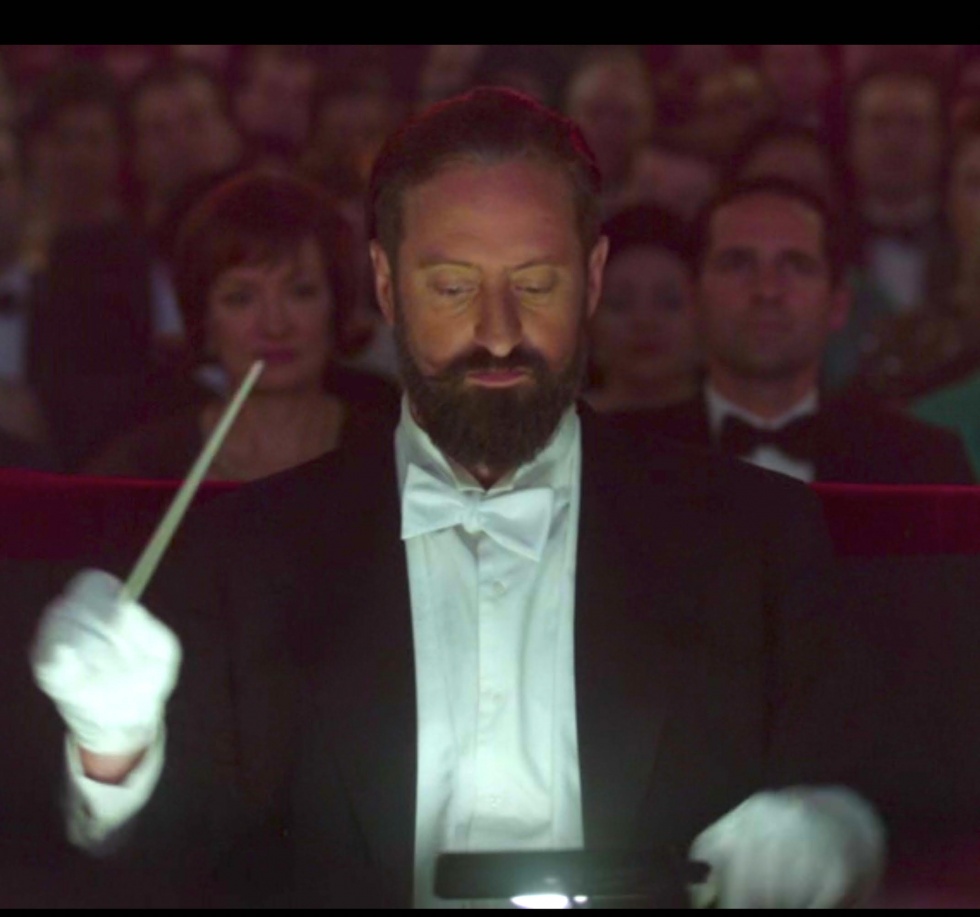
DAMIAN: You’re following in the footsteps of some of the great composers/conductors who’ve cameoed on screen like Bernard Herrmann in The Man Who Knew Too Much or John Barry in The Living Daylights! Whose idea was it for you to make an appearance?
MATTHEW: I think that was Kate Saxon and maybe Russ had a little hand in it. When it was suggested, I thought they must be having a laugh, but seeing as we had live musicians on set, it made sense for me to conduct as I’d written the thing. And it’s pretty cool to be in a show like Endeavour, even for a few seconds.
DAMIAN: Series seven had a unique running theme, and I wondered to what extent this allowed you to focus on developing certain moods or textures as opposed to the aforementioned different score personalities of previous films that haven’t typically shared such a strong and unifying story arc?
MATTHEW: A dream. I was able to reference themes I’d written for the arias and recits in the opera. It was wonderful to create score based themes for Endeavour and Violetta and unfold the drama with the dark characters. The very final sequence where we just used the whole end of the opera was a dream come true. I remember laying it up to picture and thinking Kate’s never going to go with 11 minutes of this, but she was totally behind the idea, and it ended up (more or less) in the final film. We went big for that and increased the orchestra to symphonic size, which was utterly amazing.
DAMIAN: I understand that you composed a lot more music for ‘The Cure for Love’ than appears in the finished film, so I’m wondering if you might ever consider completing the whole opera and perform it one day?
MATTHEW: Oh yes. Russ, Nico, I and the music team are all looking to complete the opera into a 45 minute stage work that local opera groups could perform. This would also be recorded with a modern orchestra and expanded into a hybrid period and modern piece. We’ve had quite some interest in this, so watch this space.

DAMIAN: Russ told me that ‘The Cure for Love’ remains one of the loveliest things he’s been involved with across the show and something very close to his heart. So, my final question is what on earth can you possibly do for an encore?
MATTHEW: It’s one of mine too. I don’t know any other show in the world where we can do these amazing things. It’s truly a gift as a composer and one I never take for granted. I feel our days are growing shorter, so whenever the end be, I think musically it has to have the gravity it deserves to place the final score downbeat on Colin and Russ’ characters. Morse, Lewis, Endeavour, Thursday, Strange, Bright, DeBryn, Joan and hundreds if not thousands of others since 1986. This is a task of responsibility, and I guess, the hardest encore of all.
DAMIAN: Matthew, thanks yet again. It’s always such a treat for a film and television music geek like myself to talk soundtracks with an actual composer – cheers Maestro!
MATTHEW: You are always very welcome.
Interview copyright © Damian Michael Barcroft 2021

